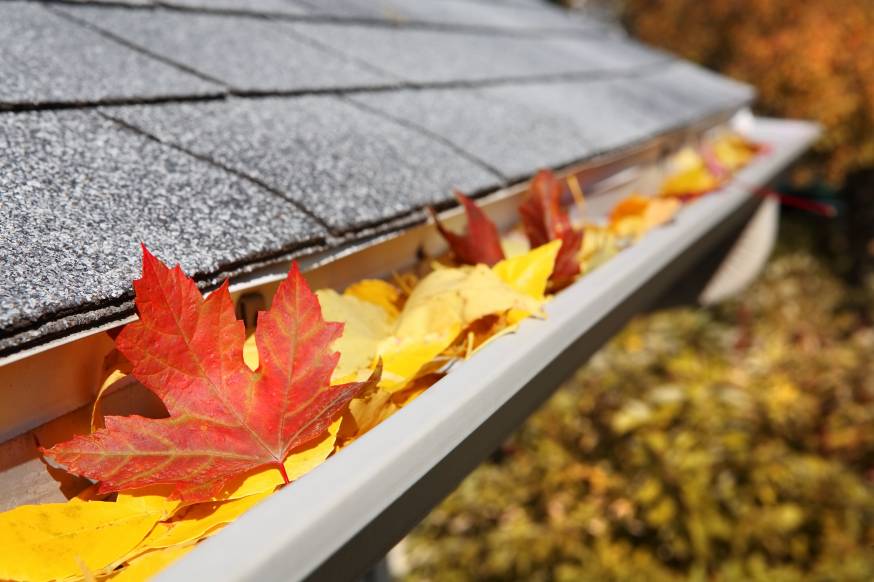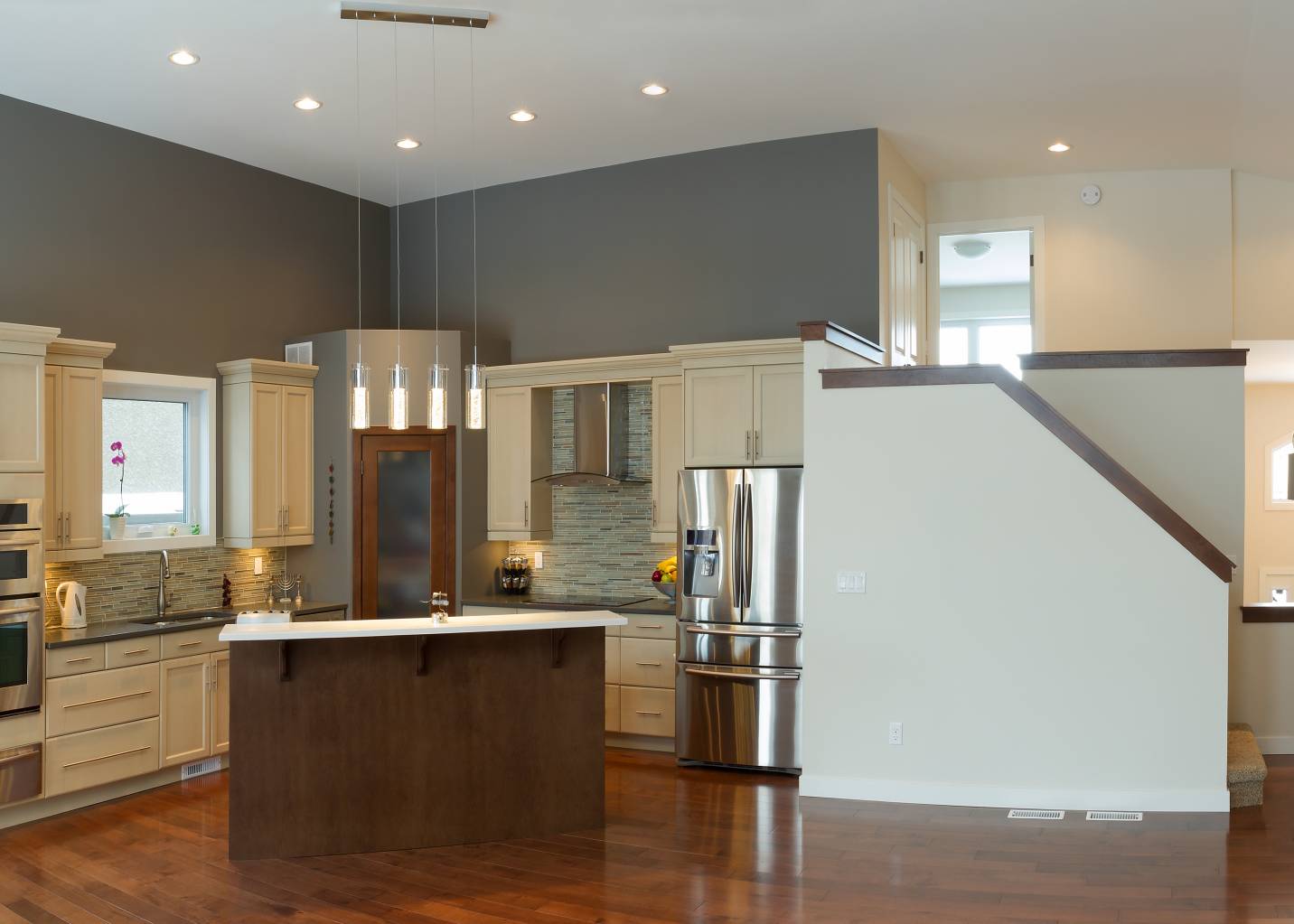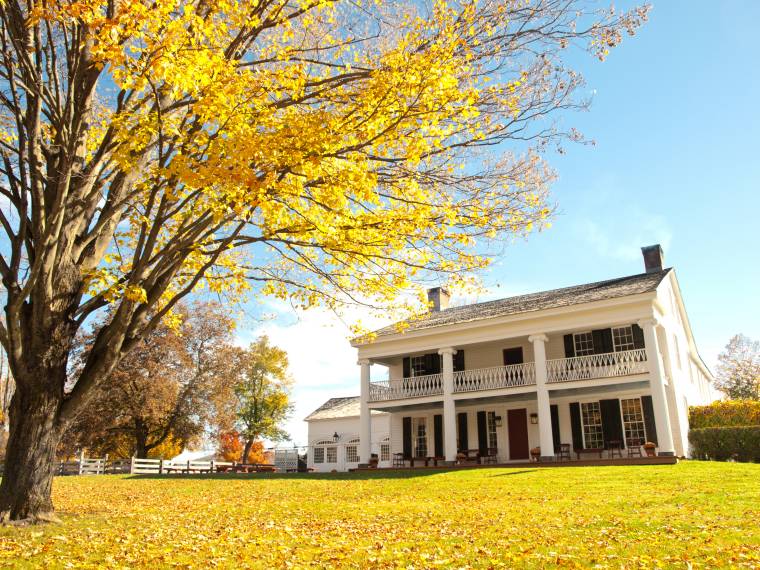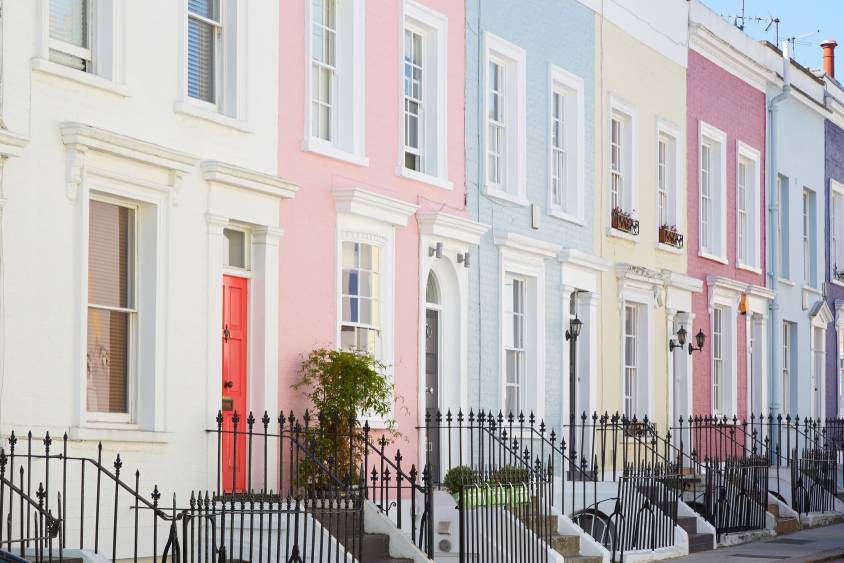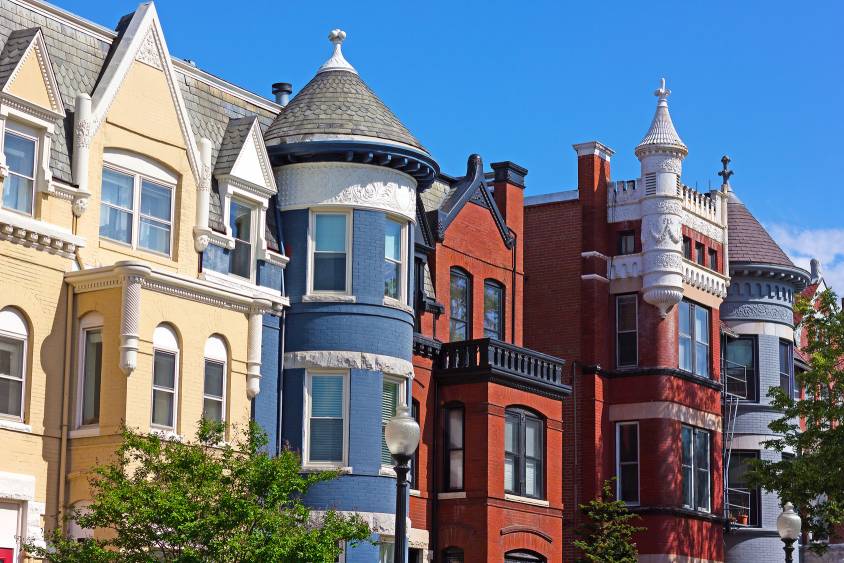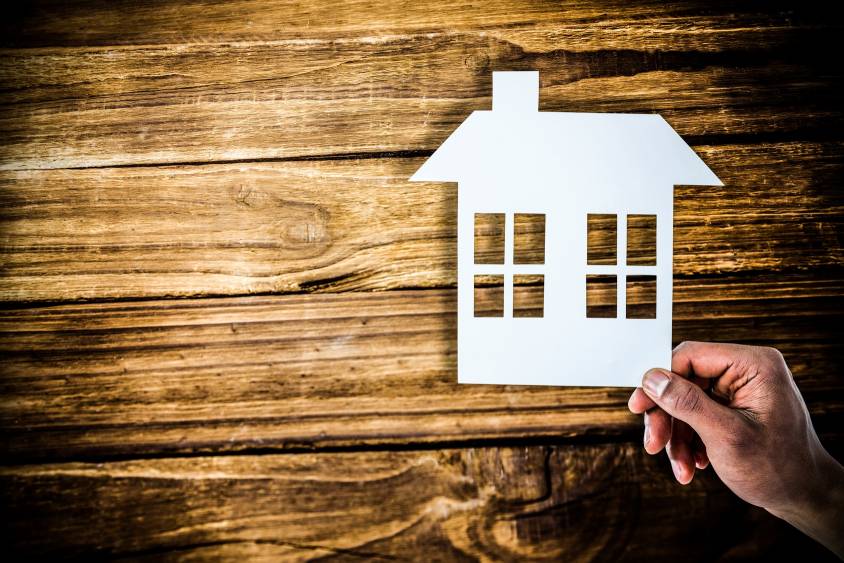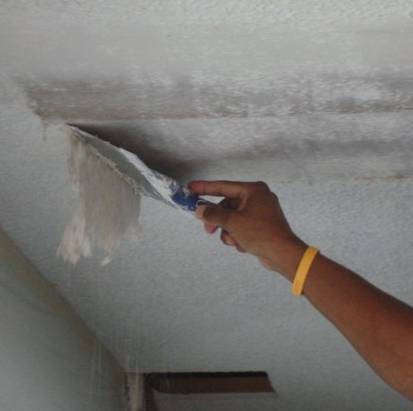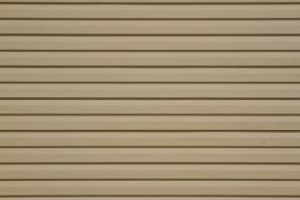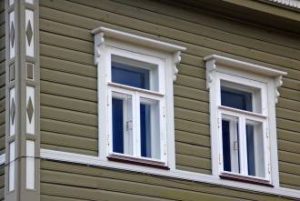For the upcoming adult and current millennials, home ownership is not as common. However, older millennials have been venturing out to buy homes, since many of them have families now and have saved up for a new home. If you are not sure whether owning a home is right for you or where to start, consider the following information:
Family Situation
If you have a family and are living in an apartment, are you financially in a place where you pay a monthly mortgage or place a down payment on a family home? Consider how much money you will save in the years to come if you forgo future rent and own the home. With a family, you are ideally looking for an affordable option where your children can grow up and flourish in the community. If money is a concern, ask yourself if you are willing to commute from a smaller suburb, or if you are willing to save up as you pay rent. Is it important that your children grow up in a home, or is it something that you are willing to delay if it means convenience, location, and/or safety? Check police reports for neighborhoods that are unknown to you.
Starters and Projects
Maybe you are single or a newlywed and looking to the future, but you don’t really need a large home. Perhaps you simply want to buy a plot of land. Absence of children allows you a bit more flexibility when searching for a new home. Keep these perspectives in mind if you are itching to find a new home to make all your own.
A starter home is affordable, but it can be a project that takes a couple years of investment if you decide to expand in size. However, if the starter home is fairly new it will be easier to determine costs ahead of time especially if you are planning on integrating a family in the future. If you are planning on not having children or would like to have a small family consider the freedom of a fixer-upper. Weigh the cost of restoration against buying a home in perfect condition. Would you plan on selling the home for more and using the profit to buy a larger home? Think of the local market and the condition of the home.
Current Trends
The newest trend of homes if the tiny house. It’s minimalistic, and low maintenance. However, it not known to be a lasting resource like most homes.
If your heart is set on a very small unobtrusive home, consider a cottage. The tiny home is known to depreciate as it is not grounded to the land and is not made with completely lasting materials. If tiny is what you are after, and you want to be a long-term homeowner consider the tiny house as a temporary shelter as you build or save to build your cottage on a small plot of land. There are small eco-friendly home alternatives that will last and complement nature if you decide to go the minimalist route.
Finances, family, time, and lifestyle are all major factors that should play a role in determining how, why, and if you buy your own home. Decide what matters most to you, how much time and money you are willing to invest, and what your future looks like. Also if you need a nice touch of paint on your new home, we’ve got you covered.


